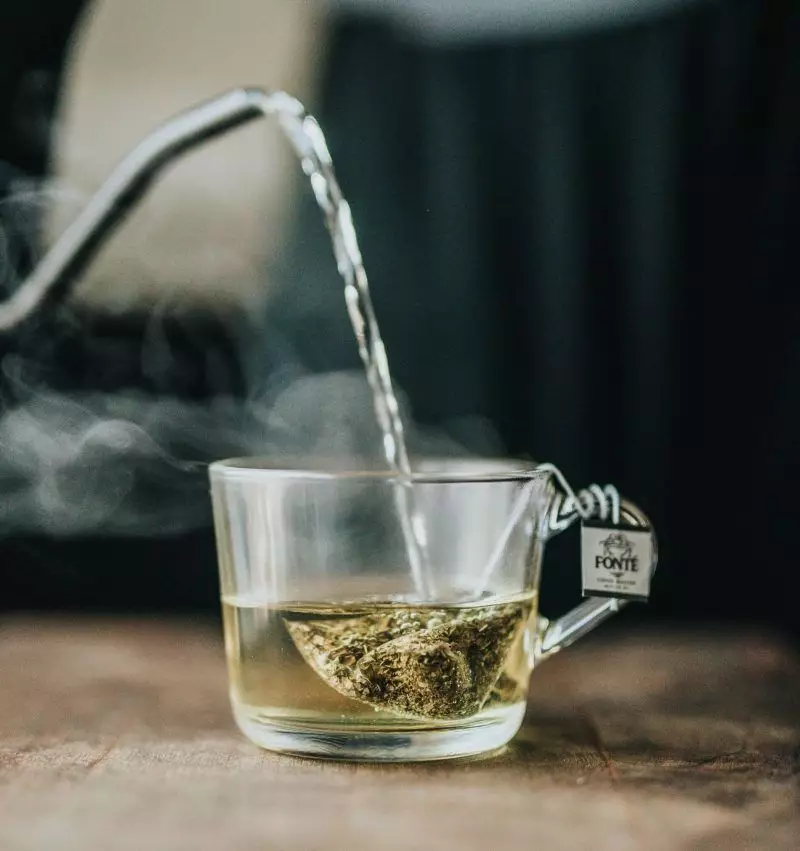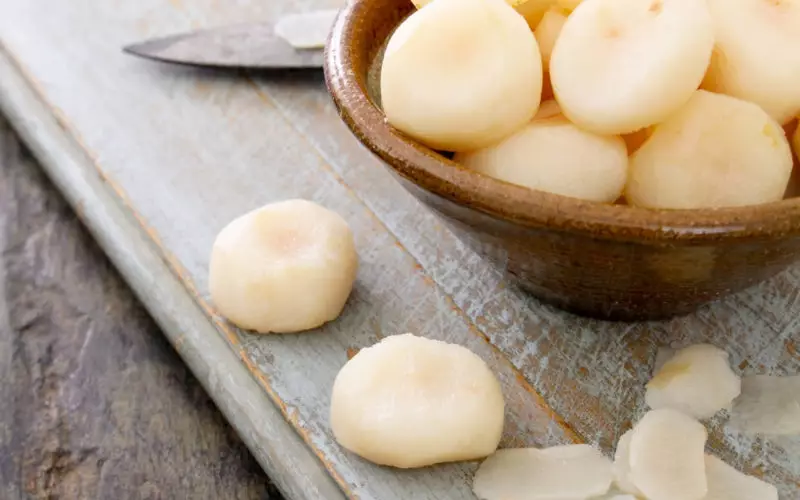
Mint is a type of plant used as a herb, either fresh or dried. With its cooling effect, mint is used mainly for tea but can also be sprinkled on a wide variety of dishes, including salads, pasta, stews, stir fry, and desserts.
The well-known health benefits of mint are improved breath and digestion, as well as a general sense of freshness and energy boost. But there’s so much more!
Mint leaves are rich in various micronutrients (vitamins and minerals), which are associated with antioxidant and antitumor effects. Together with this, mint consumption can be related to improved immune activity, brain health, and less pronounced irritable bowel syndrome (IBS) symptoms.
This article will guide you through all these health benefits of mint but will also give you a sneak peek into the risks that can be associated with mint overconsumption.
Let’s get started!
Why is mint healthy?
The various sorts of mint differ slightly in their nutritional value.
According to the website Nutrition Data, 1 ounce (28 grams) spearmint have the following micronutrients [1] :
- Vitamin A (23% of Daily Value)
- Vitamin C (6% of Daily Value)
- Folate (7% of Daily Value)
- Calcium (6% of Daily Value)
- Iron (18% of Daily Value)
- Magnesium (4% of Daily Value)
- Potassium (4% of Daily Value)
- Manganese (16% of Daily Value)
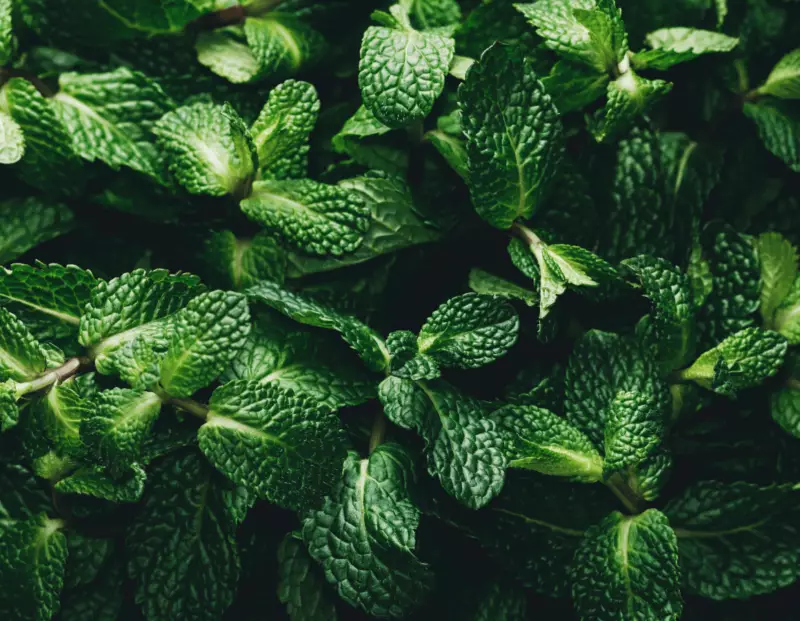
In comparison, fresh peppermint is similarly abundant in micronutrients. 1 ounce of the herb contain [2] :
- Vitamin A (24% of Daily Value)
- Vitamin C (15% of Daily Value)
- Folate (8% of Daily Value)
- Calcium (7% of Daily Value)
- Iron (8% of Daily Value)
- Magnesium (6% of Daily Value)
- Potassium (5% of Daily Value)
- Manganese (16% of Daily Value)
When dried, large amounts of the nutrients in mint are preserved while the water from the leaves is evaporated. This way, 1 ounce of dried mint is significantly more abundant in micronutrients, containing about 2962 IU of vitamin A (59% DV), 417 mg calcium (42% DV), and 24.5mg iron (136% DV), 3.2mg manganese (161% DV), as well as other vitamins and minerals. [3]

Health benefits of mint leaves
The regular consumption of mint in the form of tea or condiment can be associated with various health benefits.
According to a 2017 review paper published in the Archives of Clinical Microbiology, peppermint may have the following healthy properties [4]:
Antiviral and antibacterial effect
Mint may support the immune function of the body and protect the cells from pathogenic bacteria and viruses. Furthermore, peppermint oil and extracts may effectively act against drug-resistant bacteria, as well as various types of bacteria, including Escherichia coli (leading cause for cystitis and urinary tract infections), Salmonella pullorum (bacteria causing diarrhea and stomach cramps), and Streptococcus faecalis (may cause gastrointestinal issues) [5]
Antifungal effect
Peppermint oil and extracts may inhibit the development of fungus (microorganisms causing fungal infections) in the gut and lungs and on the skin. [6]
Anti-inflammatory effect
Some peppermint compounds like menthol may play a role in the prevention and relief of inflammatory processes in the body. This way, these compounds may indirectly yet positively impact various health conditions, including obesity, diabetes, atherosclerosis, septic shock, and cancer. [7]
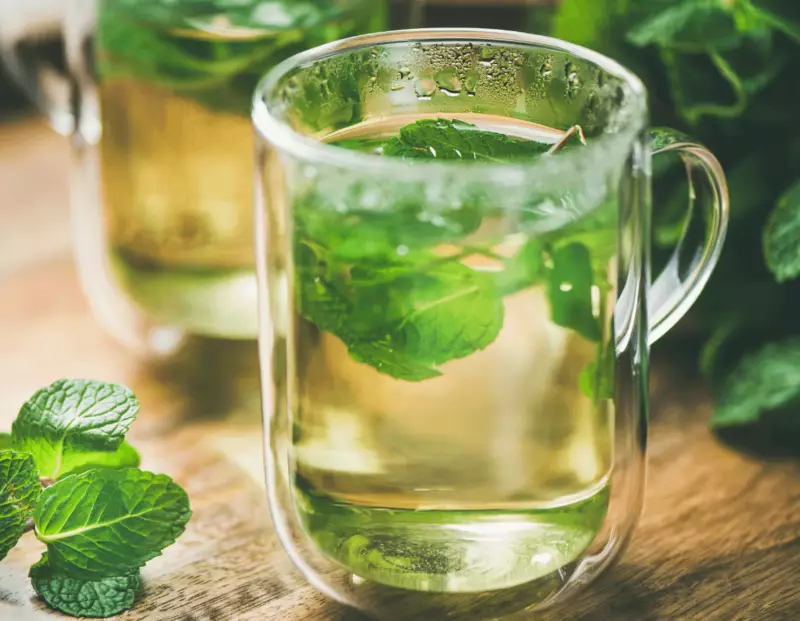
Relieve spasms
Peppermint oil may facilitate relaxation of the smooth gastrointestinal muscle. This way, peppermint may effectively relieve spasms, cramps, gas, feeling of nausea, vomiting, diarrhea, pain, and abdominal pain. [8]
Improve Irritable Bowel Syndrome (IBS) symptoms
According to the International Foundation of Gastrointestinal Disorders, on average, 35 million people suffer from IBS just in the United States. [9]
What you may not know is that peppermint oil and extracts may improve various IBS symptoms, including cramps, bloating, urgency, inability to evacuate completely. Besides, peppermint has been suggested as a safe short-term treatment for IBS. [10]
Headache relief
Using peppermint oil for aromatherapy or consuming peppermint tea (or other infused products safe for consumption) may relieve headaches. The aromatherapy results may be even better when peppermint is combined with eucalyptus oil.
Radioprotective effect
The antioxidant effect of compounds found in peppermint leaves may play a role in reducing oxidative stress in the body and protecting the cells from free radicals damage. Furthermore, the peppermint leaf extract is suggested to have a radioprotective effect, which may help the body cells to maintain their healthy and effective functions. [11]
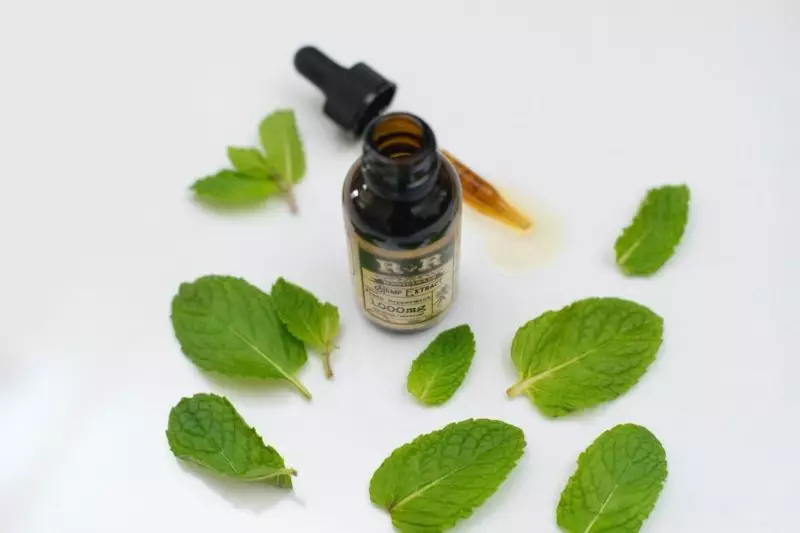
Furthermore, a 2015 review in the Journal of Pharmaceutical Sciences and Research suggests that the use (oral, topical, or used in aromatherapy) of peppermint oil-infused products may have the following health benefits [12] :
Improved oral hygiene
Peppermint may improve bad breath and support overall oral hygiene. But while caries and plaque protection of this herb are still not evidenced, it may effectively prevent harmful bacteria growth in the mouth.
Lung function support
Using peppermint oil for aromatherapy may support the function of the lungs and strengthen the respiratory muscle, which may facilitate breathing and reduce carbon dioxide levels in the body.
Skin allergy relief
Peppermint oil may relieve skin allergy and irritation symptoms due to its cooling effects. Besides, menthol (a compound found in peppermint leaves) may improve the absorption of other cosmetic compounds in the skin.
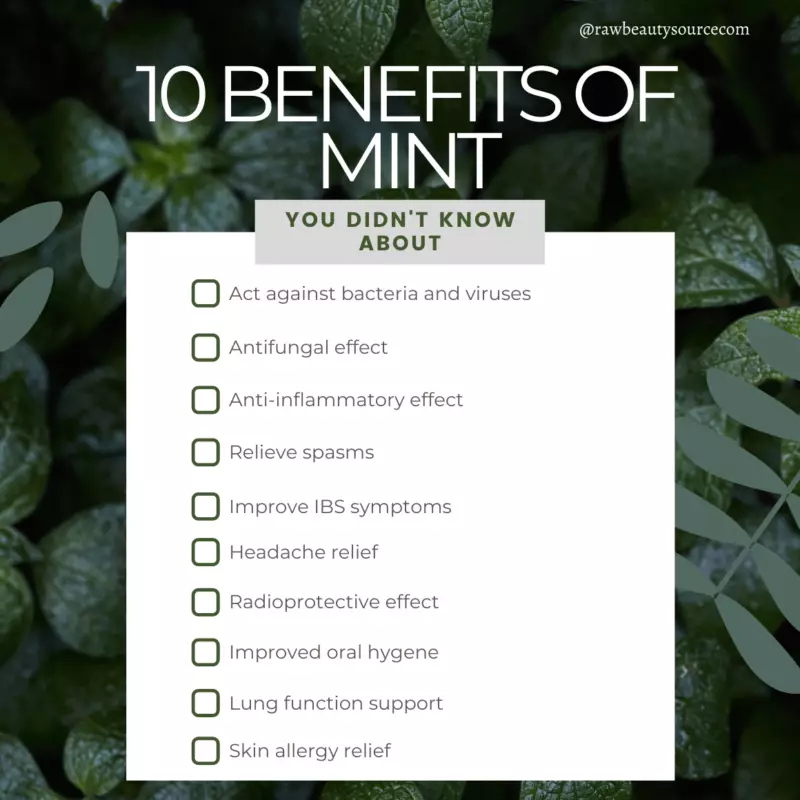
Taking a look into the health properties of spearmint, a 2019 study published in the Journal of Evidence-Based Complementary and Alternative Medicine suggests that this herb can be used in the formulation of nutraceutical products for drug-resistant bacterial infections as well as chronic disease management (including Alzheimer’s disease and obesity). [13]
Furthermore, other healthy properties of spearmint are suggested to be intestinal diseases and IBS symptoms improvement, spasms relief, and abdominal pain reduction. [14]
Eating too much salt can contribute to high blood pressure, heart disease, stroke, kidney disease, kidney stones and more. Use fresh herbs like mint, basil, parsley, rosemary, thyme or cilantro in soups, salads, pasta, meat, fish or poultry dishes for a huge burst of flavor, without the salt!

Can too much mint be bad for you?
Generally, peppermint and spearmint are suggested to be safe when used in moderate (or proscribed) amounts. Yet, there are some exceptions. [15]
According to a 2006 review paper on the bioactivity and potential health benefits of peppermint tea, there are no specific side effects of mint tea overconsumption. However, moderate and measured mint tea intake is suggested to people suffering from frequent gastrointestinal reflux, hiatal hernia, and kidney stones. [16]
That being said, ingestion of large amounts of peppermint oil may have dangerous toxic effects. [17] Besides, swallowing or inhaling high concentrations of methanol may also pose toxicity risks and may cause life-threatening toxicity symptoms, including seizures and coma. [18]

Evidence suggests that the excess use of spearmint (oil, leaves, tea, or extracts) should be avoided by pregnant and breastfeeding women, as well as by patients with kidney disorders and/or liver disease, as the herb may negatively affect kidneys, liver, and uterus. [20]
How many cups of mint tea to drink?
Even though no evidence supports a specific number of cups that are safe to drink for healthy individuals, sticking to maximum 4 cups of mint tea per day may help you get the most out of mint’s healthy properties without increasing the risk of toxicity and adverse effects.

